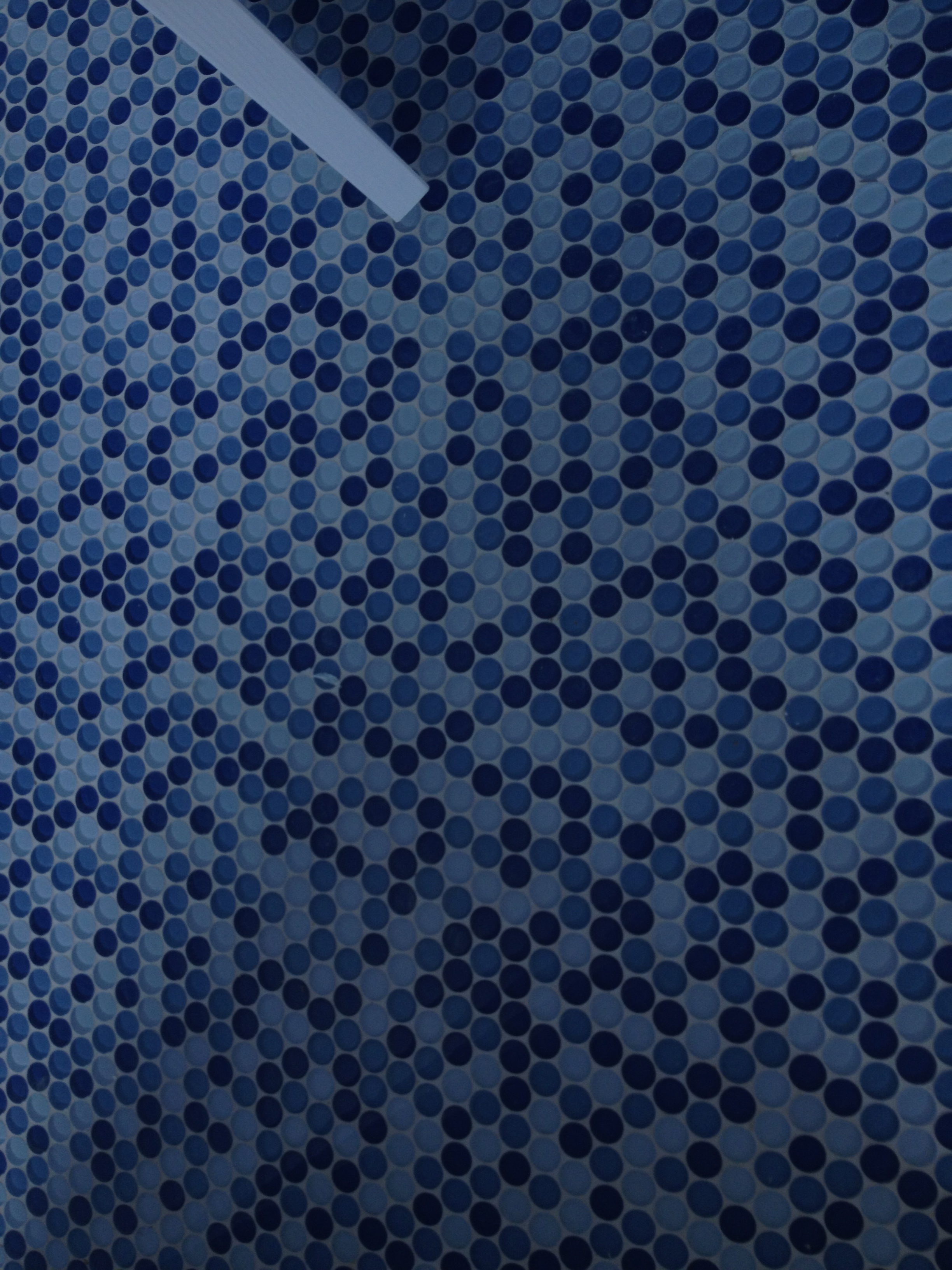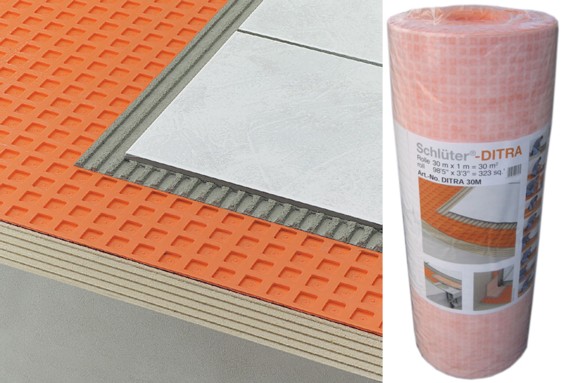Green Term Defined: Ceramic Tile
Ceramic tile is made from clay that has been permanently hardened by heat, often having a decorative glaze. Ceramic is a word derived from the ancient Greek “keramos” meaning “of fired clay.”
A properly installed ceramic tile floor will last for a very long time. Ceramic tile floors are aging-in-place friendly helping extend the usable life of a home. Ceramic tile floors are beautiful with many options, colors, textures, and patterns. Ceramic tile can be recycled, easy to clean, and can be used on walls and floors.
Tile floors can be a disaster if the right installation methods and systems are not used. The tile underlayment is the key to a long-lasting ceramic tile floor.
A sound subfloor that is level, has proper support, and is clean from defects is critical for a successful ceramic tile floor. If the floor is bouncy or damaged before you install the ceramic tile floor, it will not last. Once you have a sound / firm subfloor you need to select the appropriate tile underlayment system. I say system because you want a product specifically designed to protect your subfloor from moisture which means it is an entire system of protection. The industry leading system is made by Ditra. There are others, but this is the system I am most familiar with and is used commonly in our area. The key characteristic of a good underlayment system is one that is mechanically fastened to the tile using a grid / waffle system allowing the tile to “float.” This allows for small movements in the substructure of the system without impacting the rigid tile system. The system should be waterproof to prevent moisture from passing through into the subfloor. There should also be a system that allows for water vapor to exit the system so there is no build up of moisture.






